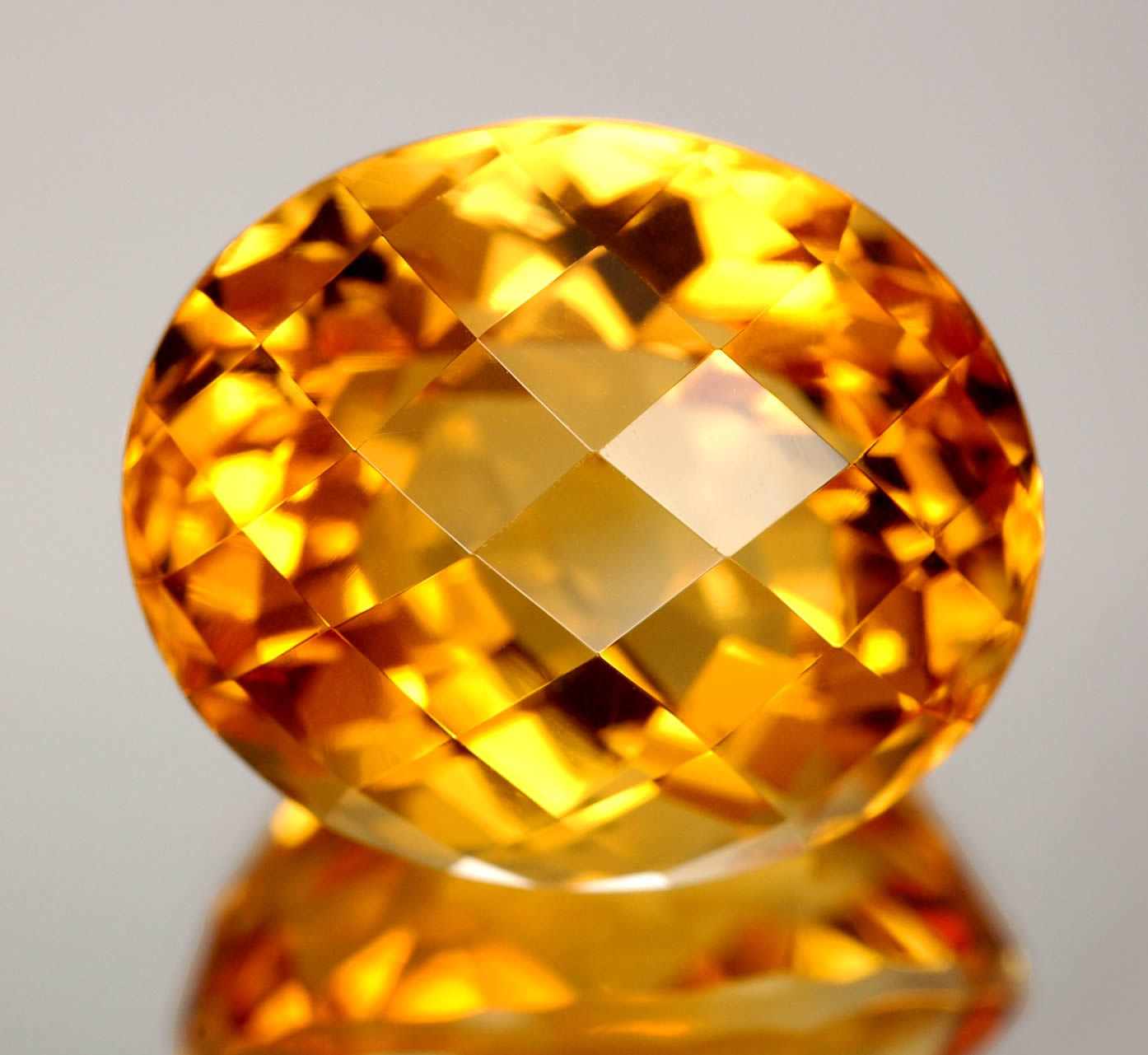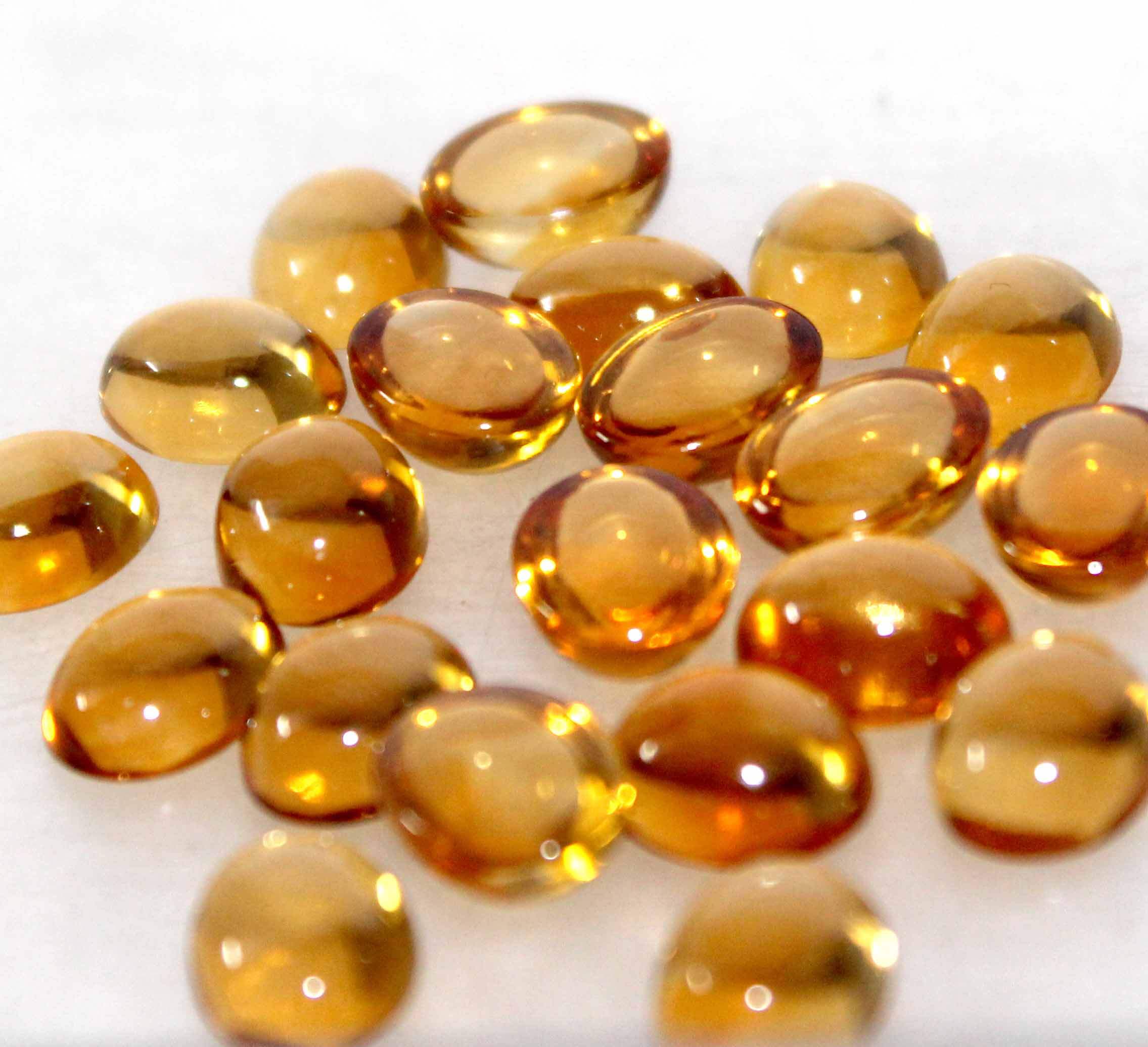What Are The Differences Between Synthetic And Natural Diamonds?
Everybody looks more beautiful when wearing a diamond, those sparkling stones that are greatly prized and desired. Did you realize that diamonds are able to be either naturally existing or man-made? This article will help you understand the similarities and contrasts between synthetic diamonds and natural diamonds, as well as what makes each one unique.
What Are The Properties of Synthetic Diamonds?
- Formation Process
Lab-grown or man-made diamonds, often known as synthetic diamonds, are made in a controlled setting, usually a laboratory. Modern technology is used by scientists to simulate the formation of diamonds naturally. These cvd diamonds are created by layering carbon atoms, just like in nature, starting with microscopic diamond seeds.

- Time Required
The time required to produce synthetic and natural diamonds is one obvious distinction. Under intense pressure and heat over billions of years, natural diamonds are formed deep under the Earth's mantle.
- Purity and Clarity
Compared to natural diamonds, synthetic diamonds frequently contain fewer imperfections and inclusions. This is because the conditions under which they are developed may be precisely controlled in a controlled environment. As a result, man-made diamonds like created emerald could be less defective and appear more aesthetically flawless.
- Color Varieties
A large variety of colors, including fancy hues like blue, pink, and yellow, can be used to create synthetic diamonds. By adding certain trace elements during the growing phase, this adaptability is made possible. Natural diamonds, in contrast, occur in a variety of colors, but colored natural diamonds are quite uncommon.
- Cost
The affordability of synthetic diamonds is a key benefit. They are a desirable alternative for people looking for a stunning diamond without the exorbitant price tag because they are typically cheaper than their natural counterparts.
What Are The Properties of Natural Diamonds?
- Origin
Deep under the Earth's mantle, where intense pressure and heat drive carbon atoms to crystallize over an extended period of time, natural diamonds are produced. Through geological events such as volcanic eruptions, these diamonds are brought to the surface.
- Inclusions and Imperfections
The majority of natural diamonds have flaws called inclusions. These little defects, known as inclusions, developed as the diamond grew. They vary from diamond to diamond and can impact clarity.
- Durability and Hardness
Diamonds, whether man-made or natural, are incredibly durable and hard. Diamonds are resistant to dents and damage since they are the toughest known natural substance. Their suitability for usage in jewelry is influenced by this quality.
- Value and Investment
Natural diamonds are frequently regarded as precious assets and are suitable for investing. Collectors and investors are drawn to them because of their rarity and lengthy geological history. Natural diamonds can become more valuable over time.

Comparing The Two
- Price
Natural diamonds are generally more costly than synthetic diamonds. They are available to a wider spectrum of consumers because of their price. Synthetic diamonds may be an excellent alternative if you're seeking or considering to buy loose gemstones, a cost-effective option that nonetheless gives beauty and sparkle.
- Color Options
A wider variety of color possibilities, including vivid and exotic shades, are available with synthetic diamonds. Natural diamonds are often only available in more conventional hues; colored natural diamonds are very uncommon.
Conclusion
Both man-made and natural diamond have unique qualities and attractiveness. Whether you choose genuine diamonds or synthetic diamonds, both can create beautiful pieces of jewelry that can be appreciated for a lifetime and will enhance your beauty. So, make your decision by taking the points mentioned in this article into consideration.
Comments
Post a Comment